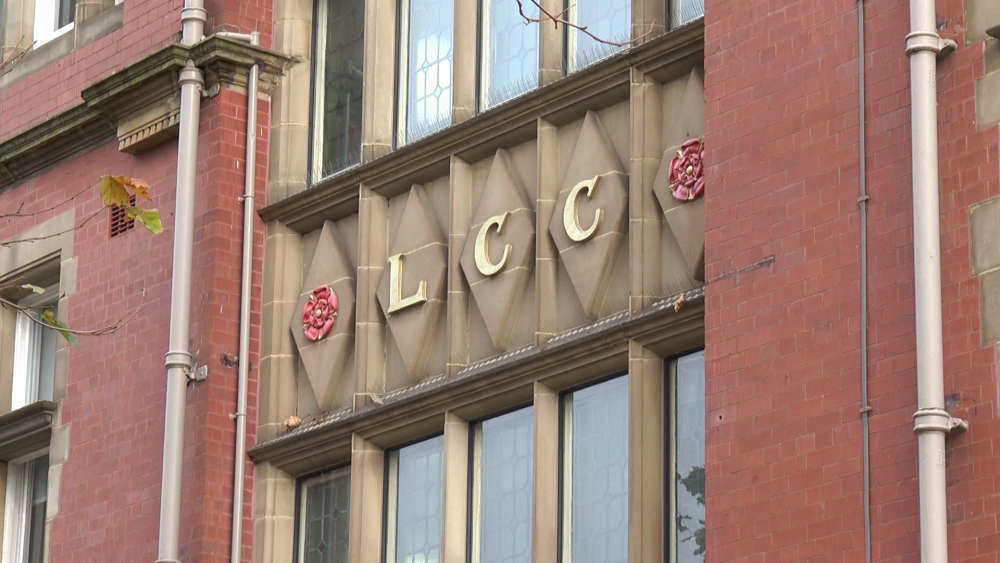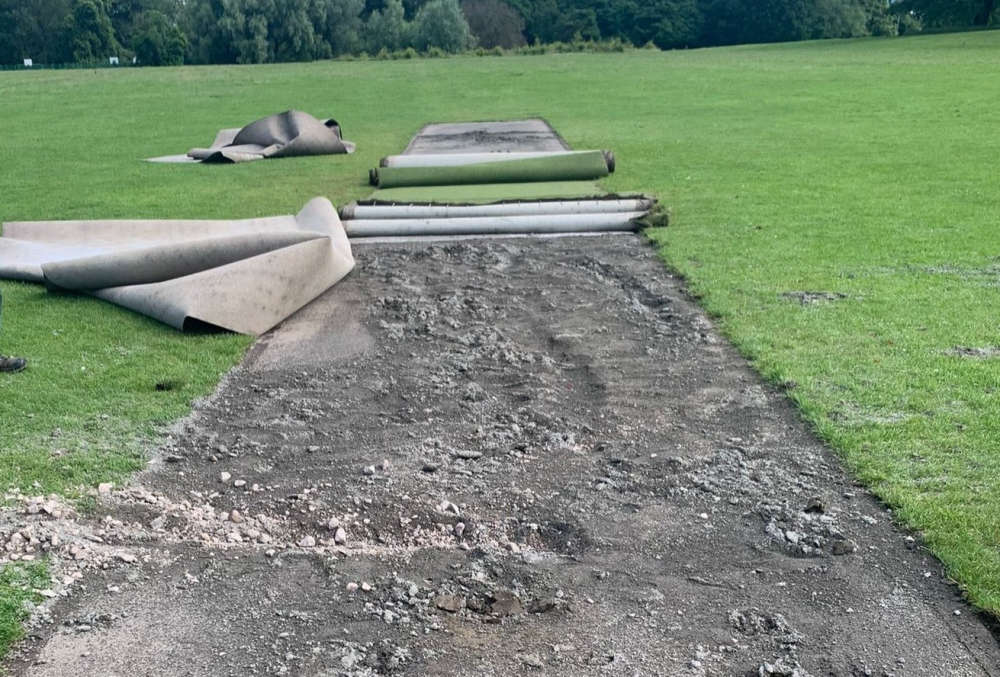
The number of children excluded from school in Lancashire has more than doubled over the last five years – far outstripping the rate at which exclusions have increased nationally.
During the 2023/24 academic year, 568 pupils were permanently expelled from schools in the Lancashire County Council area, up from 232 in 2019/20 – a rise of 144 percent.
That is more than four times higher than the 31 percent increase in exclusions seen across England between the autumn terms of both those years. Full-year national figures for 2023/24 are not yet available for a direct comparison.
Across the five-year period as whole, there were 1,911 exclusions from the more than 600 schools and academies in the county council’s patch, which does not include Blackpool or Blackburn with Darwen.
The figures, obtained by the Local Democracy Reporting Service (LDRS), reveal that the expulsion-prompting incident which saw the biggest increase during that timeframe was the use – or the threat to use – of an offensive weapon or prohibited item. That went from zero in 2019/20 to 28 during 2021/22 – the first time it had been recorded as a reason for exclusion in at least eight years. It then peaked at 37 in 2022/23 before dropping back slightly to 26 last year.
Use or possession of any weapon has fluctuated as a cause of exclusion over the past five years, totalling 35 incidents over the period.
The main reason for a child being permanently removed from their class during the past five years was “persistent disruptive behaviour”, continuing a decade-long trend. That more than trebled from 65 instances in 2019/20 to 220 by last year.
Physical assaults against pupils and adults were the second and third most common reasons for expulsion – with 313 and 227 exclusions arising, respectively, as a result of each. Both have more than doubled in five years.
Drug and alcohol-related incidents were behind 189 expulsions in that time, with “sexual misconduct” being the reason for 27.
Perhaps surprisingly, bullying was cited as a cause of exclusion just nine times between 2019/20 and 2023/24 – while the inappropriate use of IT, social media or online tech accounted for only eight expulsions in spite of the digital lives led by pupils in the 2020s.
Meanwhile, a category of “wilful and repeated transgression of protective measures in place to protect public health” made its debut in 2022/23 – two years into the pandemic – when three pupils were kicked out of class for that reason.
Commenting on the figures, County Cllr Jayne Rear, cabinet member for education and skills at Lancashire County Council said the authority’s goal is “to ensure that every student in Lancashire has the opportunity to thrive in a safe and inclusive educational environment”.
She added: “Permanent exclusions have risen in Lancashire in recent years, in line with national trends, and we are committed to working closely with our partners to address the underlying issues.
“We currently have a broad range of training options around behaviour for schools including the Lancashire Behaviour Quality Mark, which is designed to guide schools to reflect on, and review, the various aspects of behaviour across the school.
“Trauma-informed practice and relational practice policies have been undertaken by more than 200 Lancashire schools – and a range of alternative provision has been widened for children at risk of exclusions.”
According to government guidance, local authorities must arrange “suitable full-time education” for permanently excluded pupils from the sixth school day after they were removed from their previous school.



 Motorcyclist dies after collision in Chorley
Motorcyclist dies after collision in Chorley
 Man jailed for attempting to kill police officer at Preston station
Man jailed for attempting to kill police officer at Preston station
 Intensive day of action tackles community issues in Preston City Centre
Intensive day of action tackles community issues in Preston City Centre
 Get your green fingers on early bird tickets for Chorley Flower Show
Get your green fingers on early bird tickets for Chorley Flower Show
 Cricket pitch funding approved
Cricket pitch funding approved
 Concern for missing Preston man also wanted on recall to prison
Concern for missing Preston man also wanted on recall to prison
 Rebrand for 19,000 home social landlord includes controversial name change
Rebrand for 19,000 home social landlord includes controversial name change
 Body found in search for missing man
Body found in search for missing man




